Stoomgemaal Vier Noorder Koggen
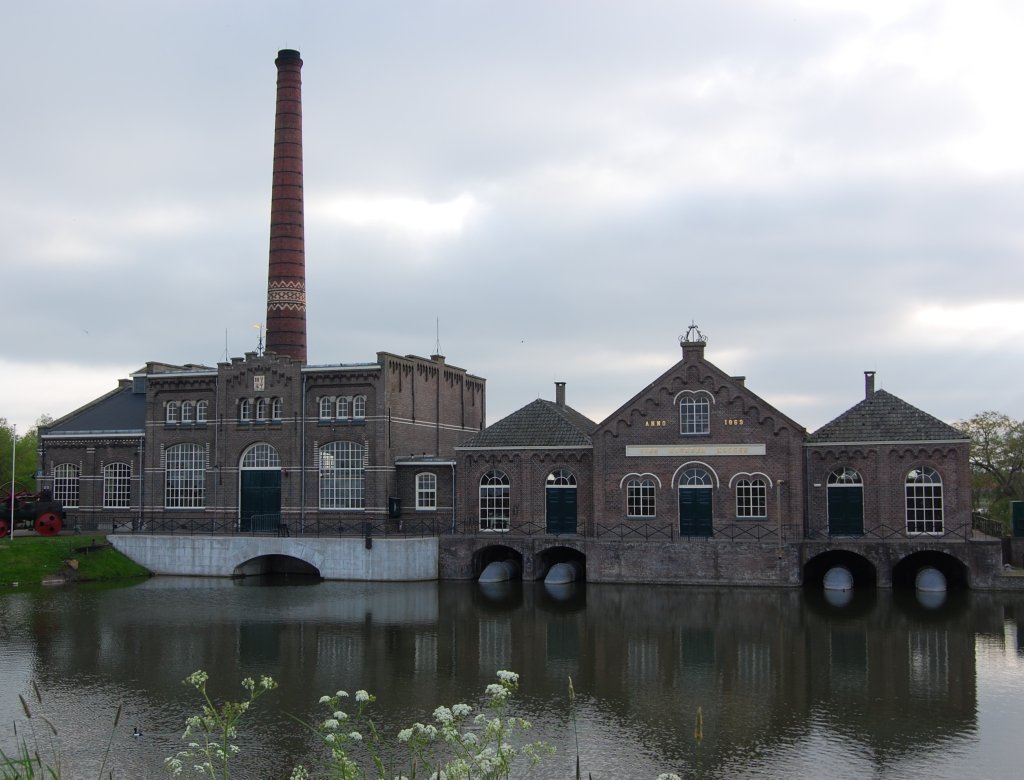
West-Friesland is eeuwenlang door molens bemalen. In de tweede helft van de negentiende eeuw werd het stoomgemaal geïntroduceerd. Veel molens en stoomgemalen zijn in de vorige eeuw afgebroken, zo niet gemaal Vier Noorder Koggen bij Medemblik. Het hield tussen 1869 en 1977 de polders van het gelijknamige waterschap droog.
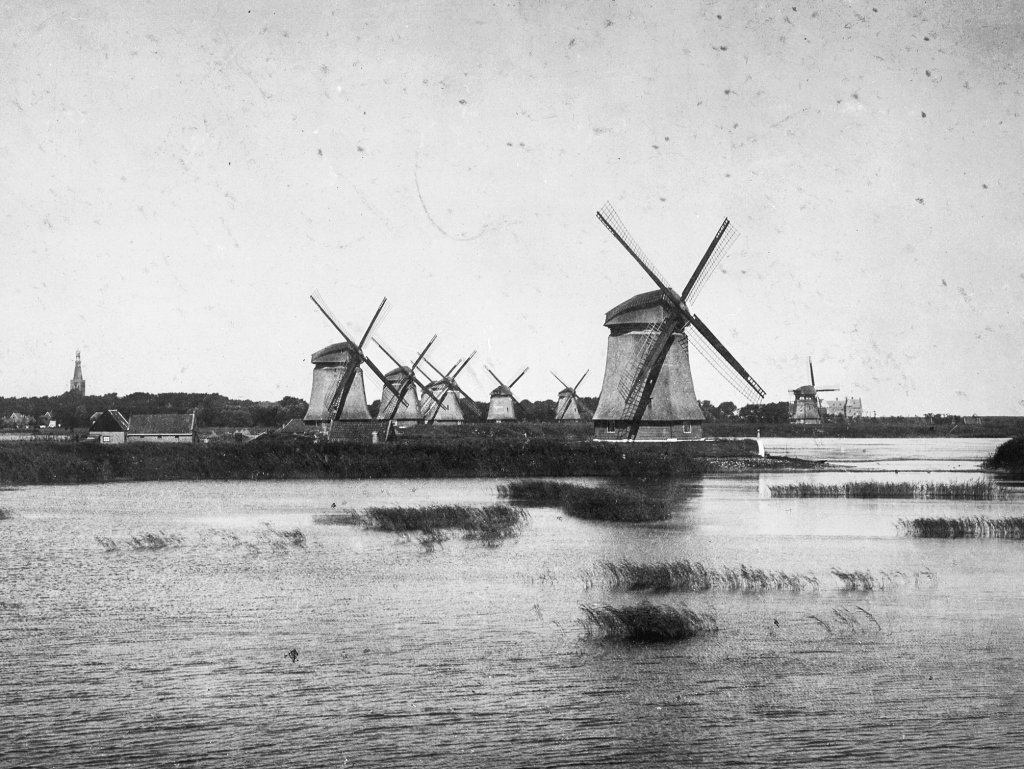
Tegen de tijd dat het gemaal werd gebouwd, werd hier al bijna driehonderd jaar op wind gemalen. Vijftien molens maalden het polderwater omhoog in een kolk. Vandaar liet men het bij eb door vier sluizen in zee stromen. Zonder molens viel niet van het water af te komen, omdat de bodem aan het eind van de Middeleeuwen onder zeeniveau was gezakt.
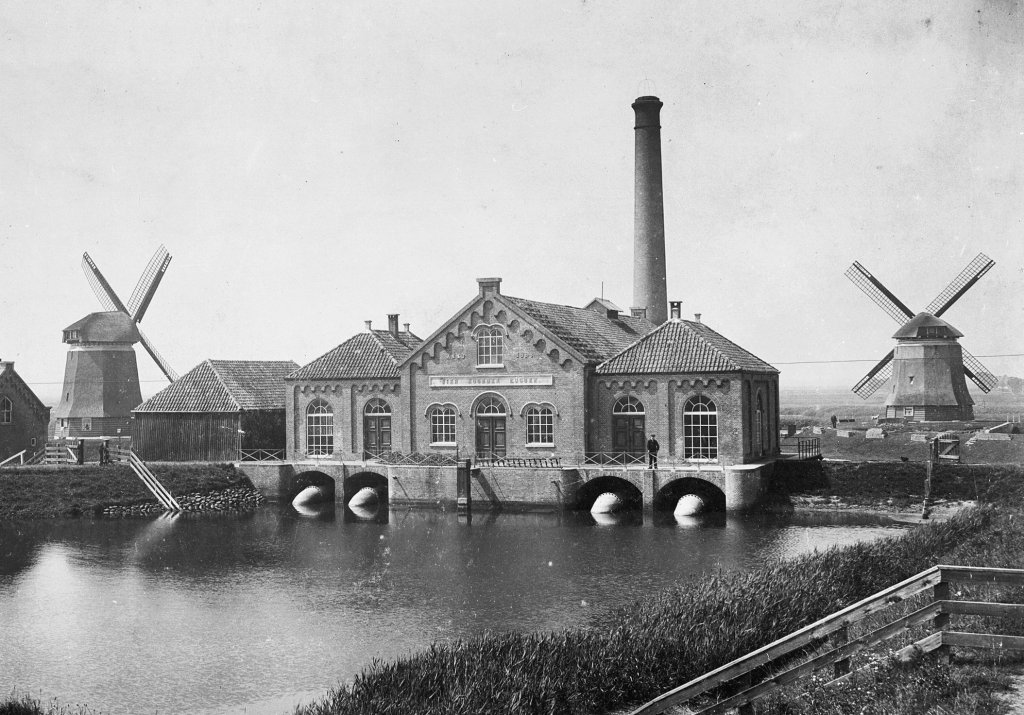
Een molen had ook nadelen. Woei het te zacht of juist te hard, dan kon hij niet draaien. Bovendien daalde de bodem door bemaling nog sneller. Natte, windluwe periodes waren de schrik van iedere boer. Halverwege de negentiende eeuw vonden de boeren het welletjes: het was tijd voor stoom. In 1866 besloot waterschap de Vier Noorder Koggen de molens met een stoomgemaal te ondersteunen. Drie jaar later was het klaar.
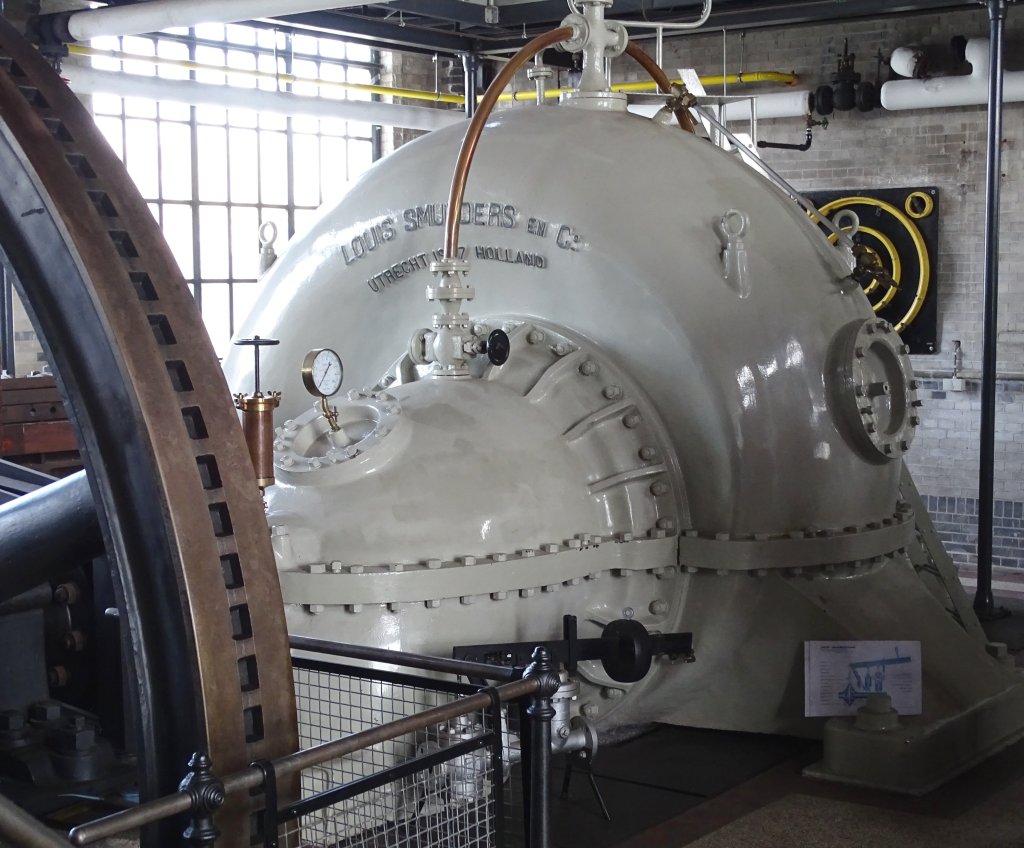
Aangezien kolen kostbaar waren, werkte het gemaal alleen als windbemaling niet volstond of onmogelijk was. Maar ook met stoom bleef het nat. Voor een betere peilbeheersing moest het gemaal worden versterkt. Om te beginnen werd in 1897 de oude stoommachine door twee nieuwe vervangen. Daarnaast werden er vier sterke centrifugaalpompen geïnstalleerd. In 1907 kwam er nog een pomp bij (foto), aangedreven door een zuiggasmotor. De molens waren niet meer nodig en werden afgebroken.
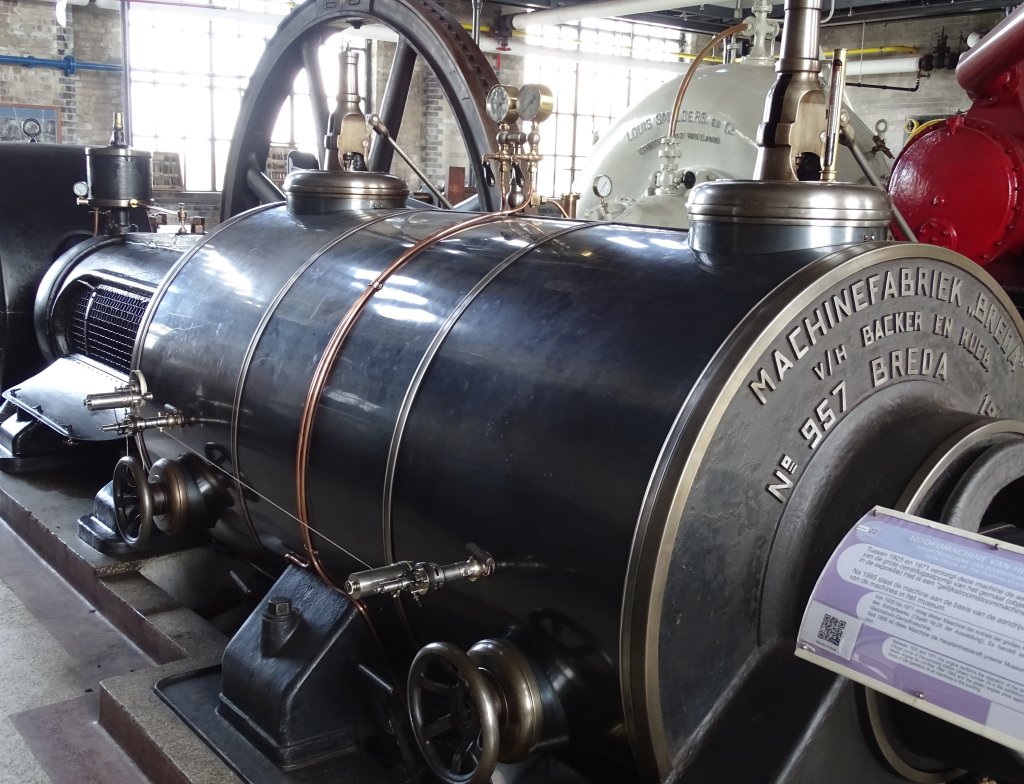
Het waterschap zwoer voortaan bij stoom, ook na een dreigend kolentekort tijdens de Eerste Wereldoorlog (1914-1918). Het duurde zelfs tot 1972 voordat alle stoom was afgeblazen. Dat jaar maakte de laatste stoommachine (uit 1924, foto) plaats voor een dieselmotor. Ondertussen was menig stoomgemaal al tegen de grond gegaan. Met Vier Noorder Koggen dreigde hetzelfde te gebeuren.
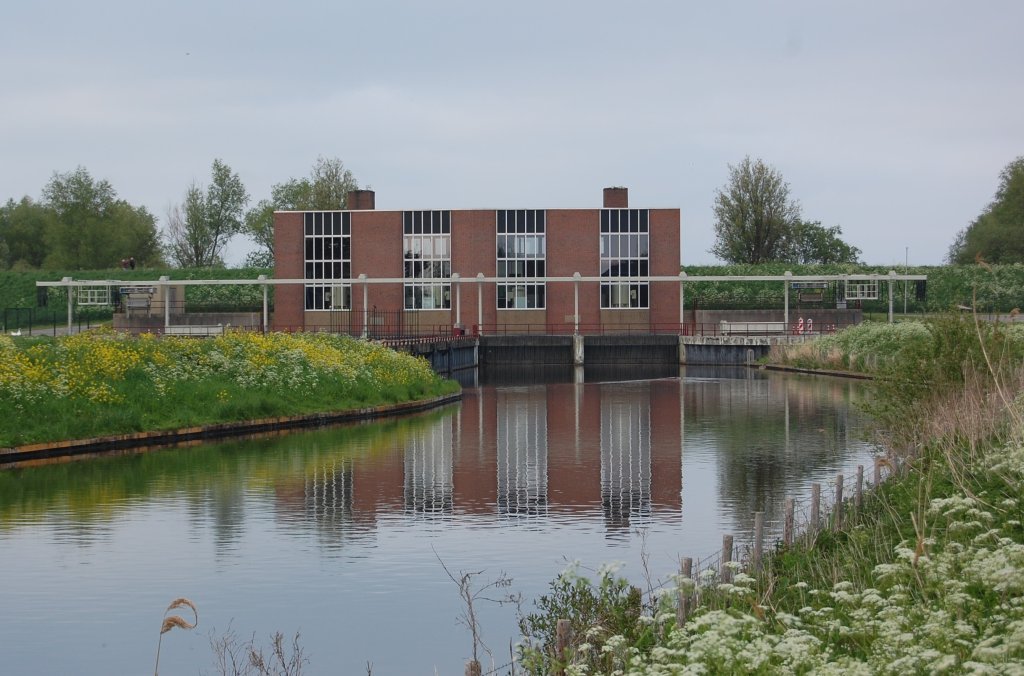
Dit had te maken met de ruilverkaveling, waarbij boeren grotere, aaneengesloten kavels kregen. De herinrichting van het landschap ging gepaard met wijzigingen in het slotennetwerk. Veel kleine sloten werden bijvoorbeeld gedempt. De verkavelingscommissie besloot in 1975 tot de bouw van een nieuw gemaal, dat op diesel en elektriciteit zou werken. Dit gemaal (foto), dat ook Vier Noorder Koggen heet, staat een paar kilometer naar het zuiden. Het draait sinds 2015 volledig op elektriciteit.
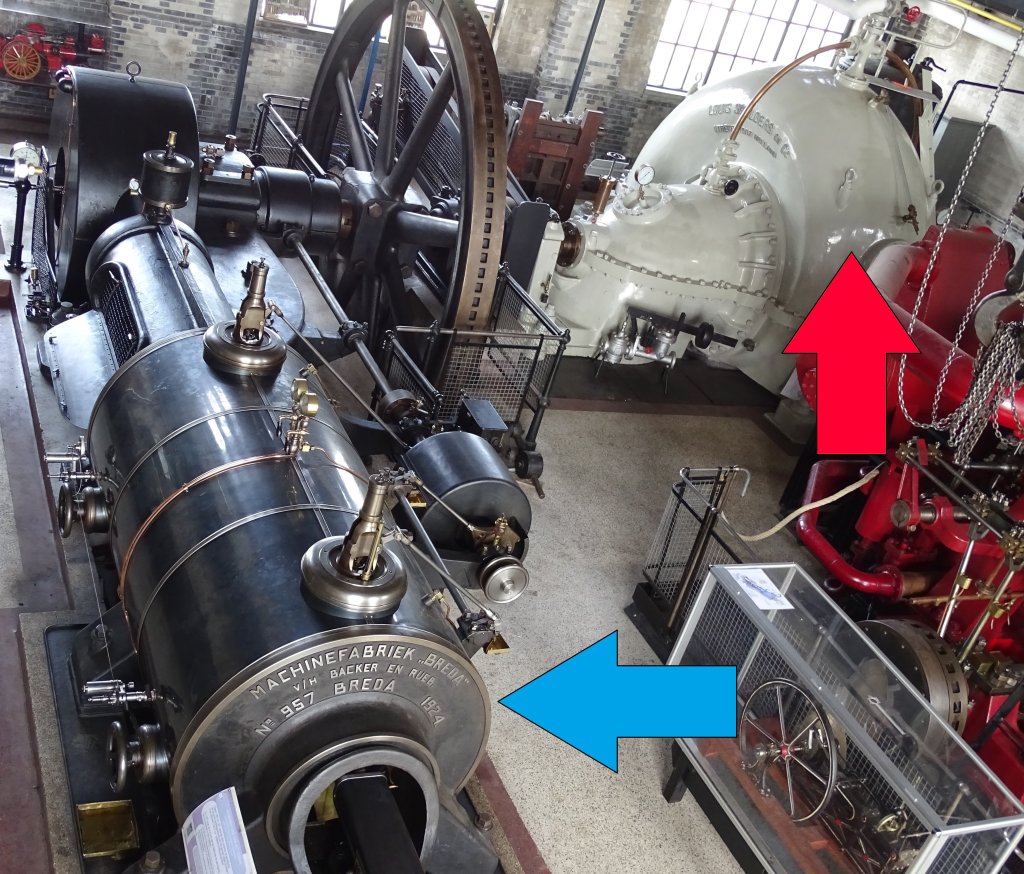
De dagen van het oude gemaal leken geteld. Als het aan het waterschap lag, kon het worden gesloopt. Stoomliefhebbers wisten het te voorkomen. Het gebouw kreeg de status van Rijksmonument en in 1985 opende het Nederlands Stoommachinemuseum er zijn deuren. De grote pomp uit 1907 (rode pijl op de foto) en de stoommachine uit 1924 (blauwe pijl) zijn eventueel inzetbaar in tijden van nood.